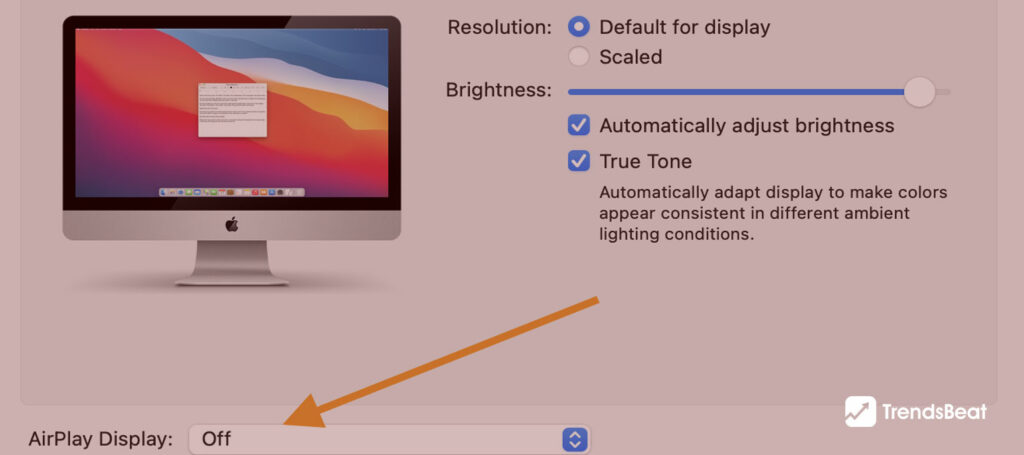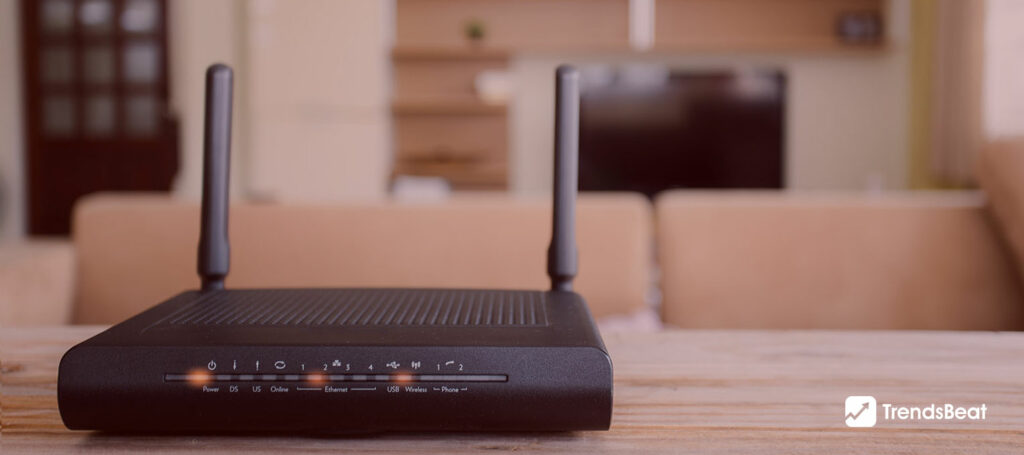SMART Fitness Goals for Weight Loss, Ideal Body and Healthy Lifestyle

Everything revolves around one’s health. Body fitness and maintaining a healthy weight leads to better physical and mental wellbeing. Being overweight puts you at a higher risk of developing health problems. Even weight loss of a few pounds can help to lessen and even reverse the risk. To lose weight and sustain it, you must set goals that will allow you to adopt long-term lifestyle adjustments. SMART fitness goals can assist you in achieving a healthy lifestyle. However, goal-setting is an art form in and of itself. A short-term diet plan that you follow and then stop following further is not the answer to long-term weight loss and management, according to research. A lifestyle that involves long-term adjustments in food and activity habits is required for healthy weight loss.
People who lose weight gradually and steadily are more likely to keep it off, according to studies. For long-term weight loss, health experts recommend losing 1 to 2 pounds per week. It’s not preferable to attempt to shed a significant amount of weight all at once. People also go for weight loss medications to lose weight quickly, but they have adverse effects. One needs to know about the weight loss medication side effects before considering taking them. Setting SMART fitness goals and working hard to attain them is a good way to live a healthy lifestyle.
How SMART Fitness Goals Work for Weight Loss, Ideal Body and Healthy Lifestyle
Weight-loss goals can determine whether you succeed or fail. Weight-loss goals that are attainable and pre-planned can surely keep you focused and motivated. However, not all weight-loss goals are effective. Goals that are unrealistic or overly aggressive can derail your efforts.
A vague aim, such as ‘eat healthier’ or ‘exercise more,’ can lead to dissatisfaction because there is no clear base point, no means to assess the goal’s potential, and no way to tell if you’ve achieved it. SMART fitness goals, on the other hand, allow you to clarify what you want to accomplish and how you will track your progress. They take you towards a healthy lifestyle and let you achieve your ideal body weight.

Understanding S.M.A.R.T Fitness Goals
SMART fitness goals were created with behavioral psychology in conception and are recognized to be extremely helpful and effective in guiding you steadily toward whatever long-term fitness goal you may have. The word S.M.A.R.T. is an acronym that helps you understand how to set a target that outlines all that you need to complete. Specific, Measurable, Attainable, Relevant, and Time-bound fitness goals are set. These characteristics together characterize a strategic target, whereas other fitness goals do not match these criteria.
Let’s Go Through Each Step Of SMART Fitness Goals:
Specific
A good and effective goal has definite and specific details. For example, walking for 45 minutes every day after dinner or maybe late at night. This way, you define your fitness goal specifically and attach it to a detailed task. You declare what, when and how you’ll do!
Measurable
If you can quantify a goal, you can objectively determine how successful you are at achieving it. A goal of eating better is difficult to monitor, but a goal of consuming 1,500 calories per day is doable and traceable. Running or jogging is not a measurable goal. A measurable goal is to run or jog for 45 minutes three times a week.
Attainable
The third criterion of SMART fitness goals is to think if the objective is attainable. Clearly, efficient long-term fitness goals are more suitable. However, some fitness programs highlight what you can do in a few weeks to months rather than a massive objective that will take a decade to complete. Attainable goals are always proportional to your present fitness level. Let’s say if you want to lose 8 to 10 pounds, you should plan on doing so for at least a month. Setting a weekly weight loss goal of 8-10 pounds is unrealistic, at least in a healthy way.

Relevant
Setting smart fitness goals that are relevant and meaningful to you and where you are in your life right now is critical. Set goals that you desire to achieve, not goals that someone else wants you to achieve or you have seen someone else achieving. Every human body type and body composition is different. So you need to set your goals according to your own body requirements. Moreover, determine your goals by asking yourself what is most important to you. Is reducing weight one of your main priorities? If this is the case, talk to your doctor about creating a daily calorie goal that is appropriate for your current weight and health.
Time-Bound
Goals with no key tenets or deadlines are more easily postponed. Make a plan for when you’ll start your new routine or activity, as well as how often you’ll do it. If you really want to improve your daily diet, start with a timeline by opting for a veg-based diet, protein for a meal at least three times a week. Decide on a goal and make a proper deadline for it. If you want to lose 10 pounds, draw a finish line on a calendar and work toward it. Setting a proper fitness timeline for yourself can help you get started and stay on track. Track your activity, your aim, and evaluate.
Final Thoughts
It’s a never-ending quest to be fit and healthy. SMART fitness goals are essential whether you’re just starting out with exercise or looking to branch out in your current fitness practice. You’ll establish a new fitness goal, achieve it, evaluate it, and then set your next goal throughout your fitness journey. This method produces tremendous alterations in whatever direction you choose over time. Nonetheless, each SMART objective must be the correct size to keep you motivated and satisfied while you work toward your longer-term goals. If you rigidly set and stick to SMART fitness goals, you’ll notice much more rapid and consistent results than if you attempt one exercise program after another without a plan. Thus, it is wise to make specific smart fitness goals that are measurable, attainable, relevant to your journey and are time-bound.















































































![Essential-Cybersecurity-Tips-for-Small-Businesses-[Protect-Your-Data]-TrendsBeat](https://trendsbeat.com/wp-content/uploads/2023/05/Essential-Cybersecurity-Tips-for-Small-Businesses-Protect-Your-Data-feature-image-template-1024x455.jpg)


















![Top Fitness Trends & Workout Routines to Follow [Stay Fit, Stay Healthy]](https://trendsbeat.com/wp-content/uploads/2023/04/feature-image-Top-Fitness-Trends-Workout-Routines-to-Follow-Stay-Fit-Stay-Healthy-1024x455.jpg)










![[Weight Loss Medication Health Effects] Side Effects and Best Advice](https://trendsbeat.com/wp-content/uploads/2023/04/feature-image-Weight-Loss-Medication-Health-Effects-Side-Effects-and-Best-Advice-1024x455.jpg)



